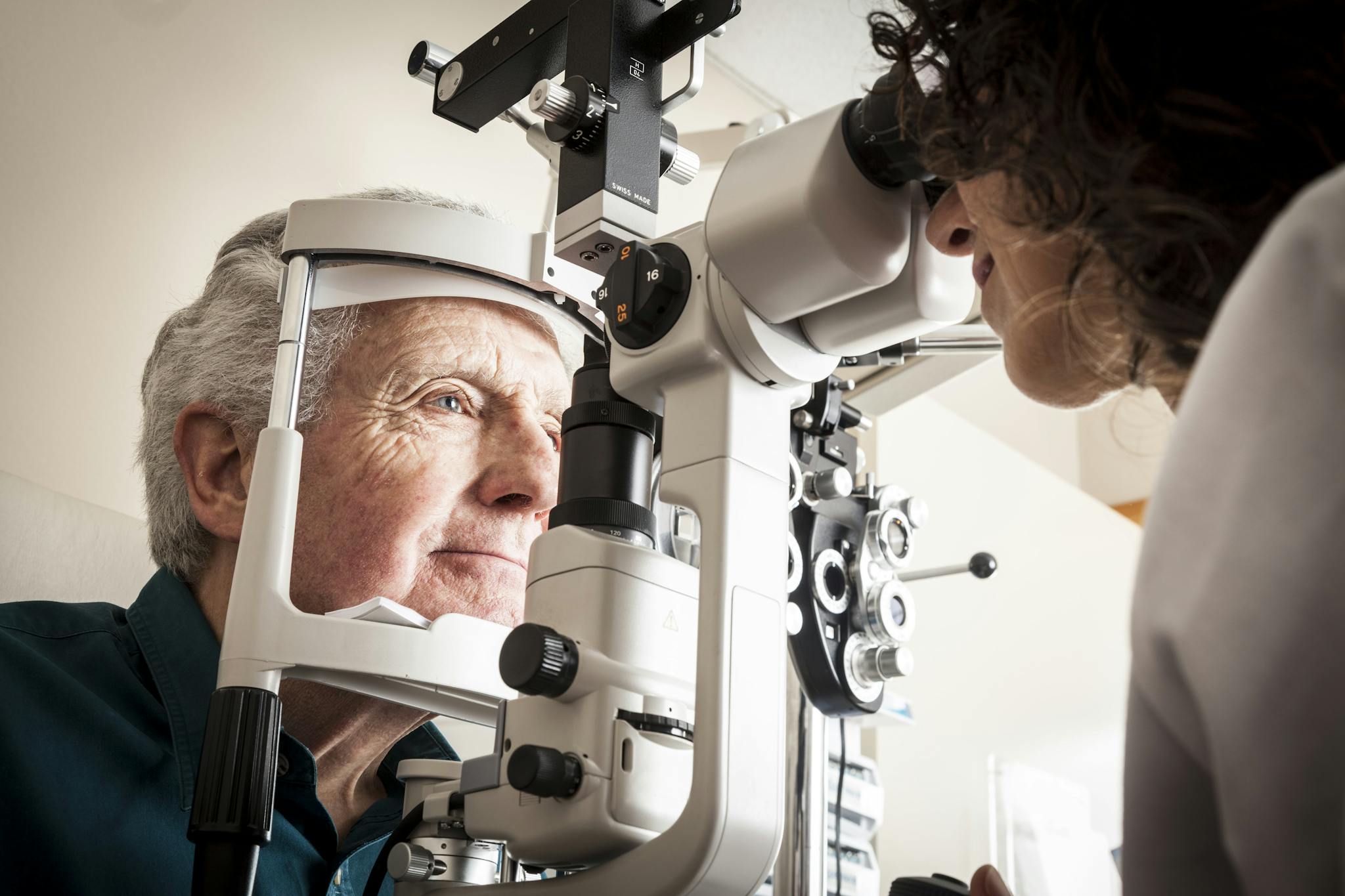
2022-06-15T09:48:15
Cataracts Awareness: Just See What you are Missing
- Ophthalmology
January 19, 2017 | Ophthalmology
Specialties:Ophthalmology

The healthy human eye is a remarkable, complex organ that works like a camera to process everything from colors to shapes and distances.
Just like a camera, a damaged lens in the eye can produce out-of-focus or blurred images. One common condition of the eye is called a cataract—when a lens in the eye becomes cloudy and makes it difficult to process light correctly. Cataracts are slow to develop and may never become severe enough to bother you, but in some cases they have a big impact your vision.
Here are some of the symptoms, causes and potential treatments for cataracts.
Some of the most common symptoms of cataracts include:
Symptoms generally start out mild or may even be unnoticeable. In some cases, your symptoms may stay this way for a long time. In other situations, however, they may progressively get worse over time.
The primary cause of cataracts is damage to the lens tissue, usually brought on by aging or a specific injury to the eye. They can also be caused by previous surgeries, medical conditions or the use of steroid medications. Cataracts cause the lenses in the eye to clump together and create a clouding sensation.
There are also several health factors that can increase risk for cataracts:
There are four different types of cataracts:
Diagnosing a cataract is done by a doctor using both your medical history and a physical examination. Some tests include::
Sources:
“Cataracts.” The Mayo Clinic. http://www.mayoclinic.org/diseases-conditions/cataracts/home/ovc-20215123
“What Are Cataracts?” WebMD. http://www.webmd.com/eye-health/cataracts/what-are-cataracts#1-4
WRITTEN BY:
The Live Better Team
This information is not intended to replace the advice of a medical professional. You should always consult your doctor before making decisions about your health.